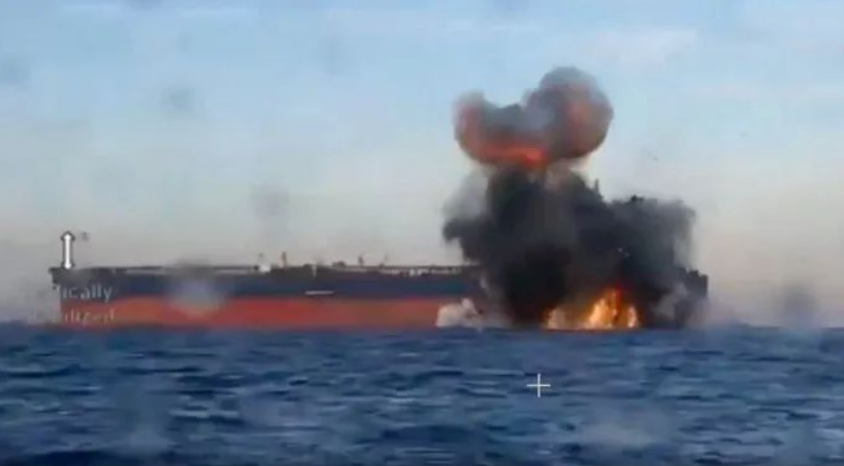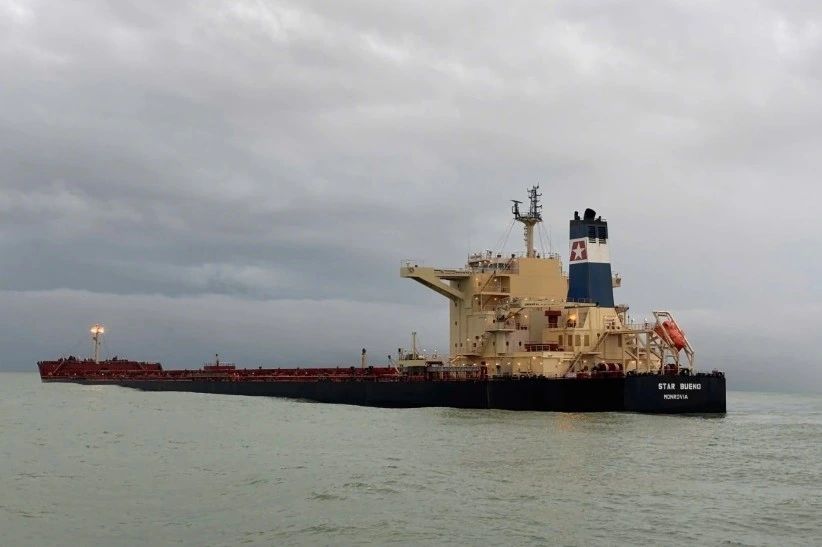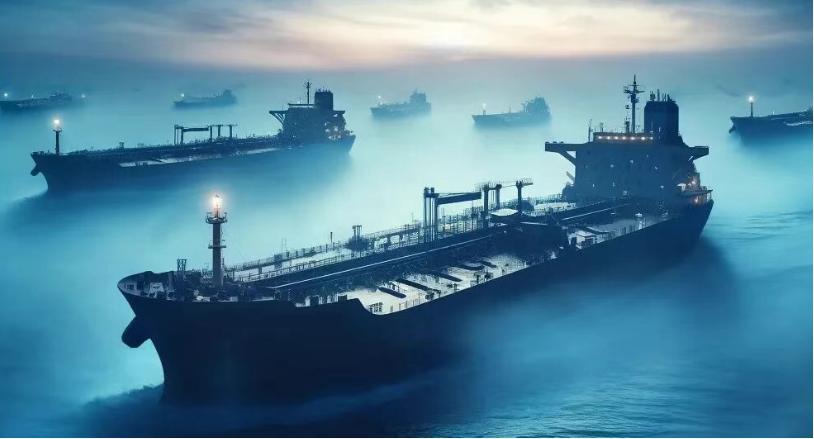
For the first time, global demand for each of the fossil fuels shows a peak or plateau across all WEO scenarios, with Russian exports in particular falling significantly as the world energy order is reshaped
The global energy crisis triggered by Russia's invasion of Ukraine is causing profound and long-lasting changes that have the potential to hasten the transition to a more sustainable and secure energy system, according to the latest edition of the IEA's World Energy Outlook.
Today's energy crisis is delivering a shock of unprecedented breadth and complexity. The biggest tremors have been felt in the markets for natural gas, coal and electricity – with significant turmoil in oil markets as well, necessitating two oil stock releases of unparalleled scale by IEA member countries to avoid even more severe disruptions. With unrelenting geopolitical and economic concerns, energy markets remain extremely vulnerable, and the crisis is a reminder of the fragility and unsustainability of the current global energy system, the World Energy Outlook 2022 (WEO) warns.
The WEO's analysis finds scant evidence to support claims from some quarters that climate policies and net zero commitments contributed to the run-up in energy prices. In the most affected regions, higher shares of renewables were correlated with lower electricity prices – and more efficient homes and electrified heat have provided an important buffer for some consumers, albeit far from enough. The heaviest burden is falling on poorer households where a larger share of income is spent on energy.
Alongside short-term measures to try to shield consumers from the impacts of the crisis, many governments are now taking longer-term steps. Some are seeking to increase or diversify oil and gas supplies, and many are looking to accelerate structural changes. The most notable responses include the US Inflation Reduction Act, the EU's Fit for 55 package and REPowerEU, Japan's Green Transformation (GX) programme, Korea's aim to increase the share of nuclear and renewables in its energy mix, and ambitious clean energy targets in China and India.
In the WEO's Stated Policies Scenario, which is based on the latest policy settings worldwide, these new measures help propel global clean energy investment to more than USD 2 trillion a year by 2030, a rise of more than 50% from today. As markets rebalance in this scenario, the upside for coal from today's crisis is temporary as renewables, supported by nuclear power, see sustained gains. As a result, a high point for global emissions is reached in 2025. At the same time, international energy markets undergo a profound reorientation in the 2020s as countries adjust to the rupture of Russia-Europe flows.
“Energy markets and policies have changed as a result of Russia's invasion of Ukraine, not just for the time being, but for decades to come,” said IEA Executive Director Fatih Birol. “Even with today's policy settings, the energy world is shifting dramatically before our eyes. Government responses around the world promise to make this a historic and definitive turning point towards a cleaner, more affordable and more secure energy system.”
For the first time ever, a WEO scenario based on today's prevailing policy settings – in this case, the Stated Policies Scenario – has global demand for every fossil fuel exhibiting a peak or plateau. In this scenario, coal use falls back within the next few years, natural gas demand reaches a plateau by the end of the decade, and rising sales of electric vehicles (EVs) mean that oil demand levels off in the mid-2030s before ebbing slightly to mid-century. This means that total demand for fossil fuels declines steadily from the mid-2020s to 2050 by an annual average roughly equivalent to the lifetime output of a large oil field. The declines are much faster and more pronounced in the WEO's more climate-focused scenarios.
Global fossil fuel use has grown alongside GDP since the start of the Industrial Revolution in the 18th century: putting this rise into reverse will be a pivotal moment in energy history. The share of fossil fuels in the global energy mix in the Stated Policies Scenario falls from around 80% to just above 60% by 2050. Global CO2 emissions fall back slowly from a high point of 37 billion tonnes per year to 32 billion tonnes by 2050. This would be associated with a rise of around 2.5 °C in global average temperatures by 2100, far from enough to avoid severe climate change impacts. Full achievement of all climate pledges would move the world towards safer ground, but there is still a large gap between today's pledges and a stabilisation of the rise in global temperatures around 1.5 °C.
Today's growth rates for deployment of solar PV, wind, EVs and batteries, if maintained, would lead to a much faster transformation than projected in the Stated Policies Scenario, although this would require supportive policies not just in the early leading markets for these technologies but across the world. Supply chains for some key technologies – including batteries, solar PV and electrolysers – are expanding at rates that support greater global ambition. If all announced manufacturing expansion plans for solar PV see the light of day, manufacturing capacity would exceed the deployment levels in the Announced Pledges Scenario in 2030 by around 75%. In the case of electrolysers for hydrogen production, the potential excess of capacity of all announced projects is around 50%.
Stronger policies will be essential to drive the huge increase in energy investment that is needed to reduce the risks of future price spikes and volatility, according to this year's WEO. Subdued investment due to lower prices in the 2015-2020 period made the energy sector much more vulnerable to the sort of disruptions we have seen in 2022. While clean energy investment rises above USD 2 trillion by 2030 in the States Policies Scenario, it would need to be above USD 4 trillion by the same date in the Net Zero Emissions by 2050 Scenario, highlighting the need to attract new investors to the energy sector. And major international efforts are still urgently required to narrow the worrying divide in clean energy investment levels between advanced economies and emerging and developing economies.
“The environmental case for clean energy needed no reinforcement, but the economic arguments in favour of cost-competitive and affordable clean technologies are now stronger – and so too is the energy security case. Today's alignment of economic, climate and security priorities has already started to move the dial towards a better outcome for the world's people and for the planet,” Dr Birol said.
“It is essential to bring everyone on board, especially at a time when geopolitical fractures on energy and climate are all the more visible,” he said. “This means redoubling efforts to ensure that a broad coalition of countries has a stake in the new energy economy. The journey to a more secure and sustainable energy system may not be a smooth one. But today's crisis makes it crystal clear why we need to press ahead.”
Russia has been by far the world's largest exporter of fossil fuels, but its invasion of Ukraine is prompting a wholesale reorientation of global energy trade, leaving it with a much-diminished position. All Russia's trade ties with Europe based on fossil fuels had ultimately been undercut in previous WEO scenarios by Europe's net zero ambitions, but Russia’s ability to deliver at relatively low cost meant that it lost ground only gradually. Now the rupture has come with a speed that few imagined possible. Russian fossil fuel exports never return – in any of the scenarios in this year's WEO – to the levels seen in 2021, with Russia's reorientation to Asian markets particularly challenging in the case of natural gas. Russia's share of internationally traded energy, which stood at close to 20% in 2021, falls to 13% in 2030 the Stated Policies Scenario, while the shares of both the United States and the Middle East rise.
For gas consumers, the upcoming Northern Hemisphere winter promises to be a perilous moment and a testing time for EU solidarity – and the winter of 2023-24 could be even tougher. But in the longer term, one of the effects of Russia's recent actions is that the era of rapid growth in gas demand draws to a close. In the Stated Policies Scenario, the scenario that sees the highest gas use, global demand rises by less than 5% between 2021 and 2030 and then remains flat through to 2050. Momentum behind gas in developing economies has slowed, notably in South and Southeast Asia, putting a dent in the credentials of gas as a transition fuel.
“Amid the major changes taking place, a new energy security paradigm is needed to ensure reliability and affordability while reducing emissions,” Dr Birol said. “That is why this year's WEO provides 10 principles that can help guide policymakers through the period when declining fossil fuel and expanding clean energy systems co-exist, since both systems are required to function well during energy transitions in order to deliver the energy services needed by consumers. And as the world moves on from today's energy crisis, it needs to avoid new vulnerabilities arising from high and volatile critical mineral prices or highly concentrated clean energy supply chains”
Source: IEA
Source: IEA
The opinions expressed herein are the author's and not necessarily those of The Xinde Marine News.
Please Contact Us at:







